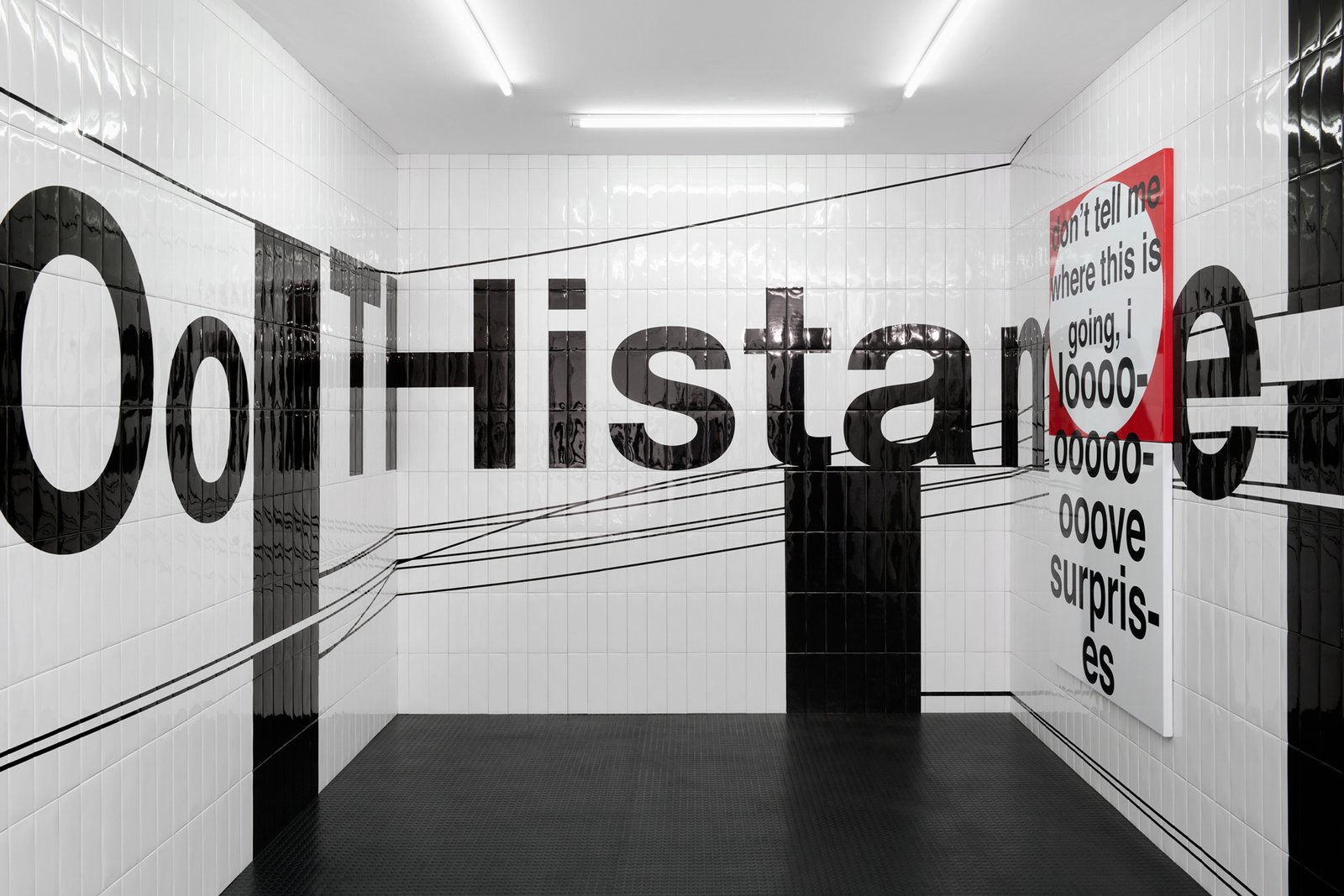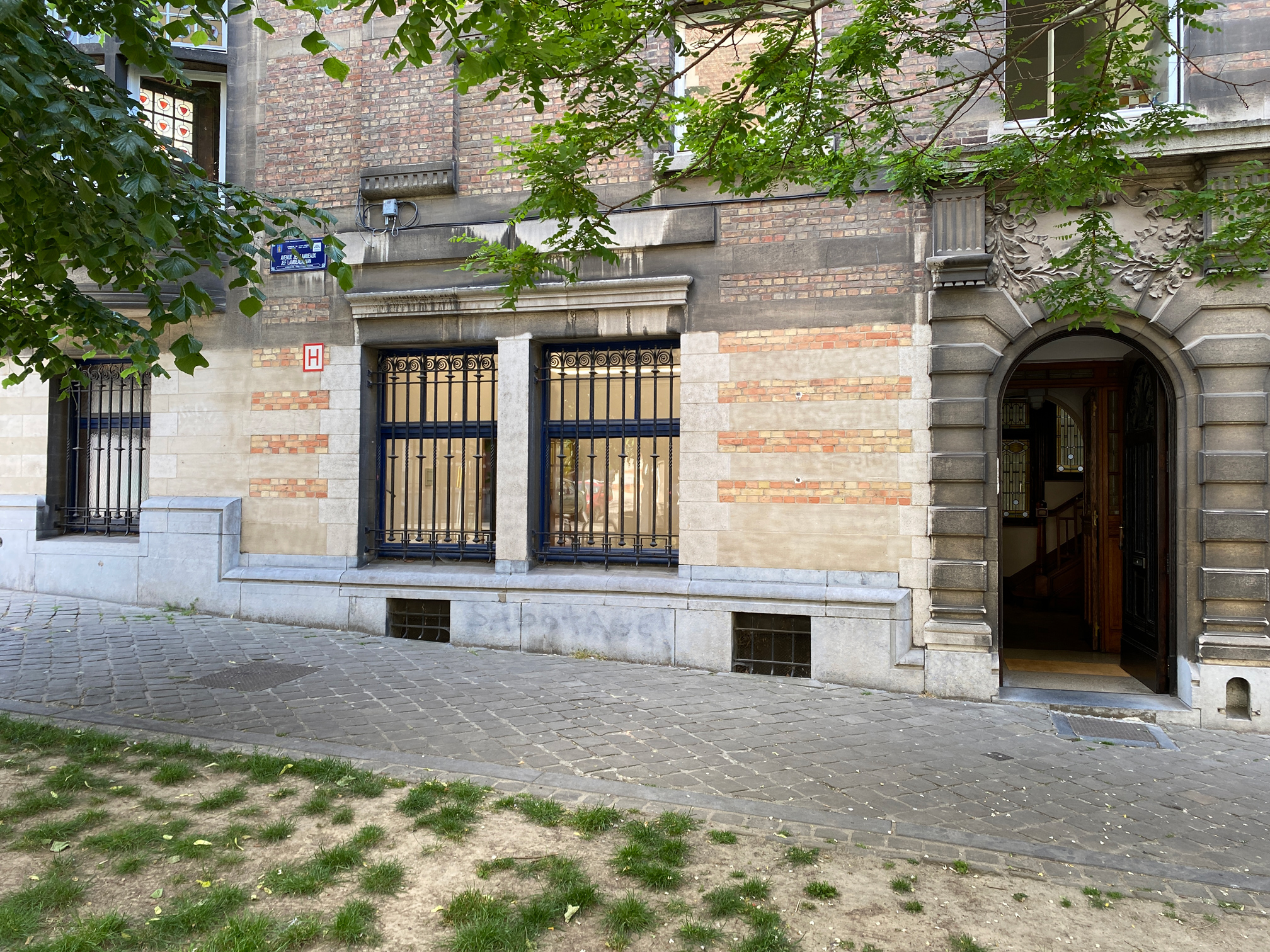An interview with Isabella Ritter of LambdaLambdaLambda
We chat with Isabella Ritter, co-founder and co-director with Katharina Schendl of Pristina and Brussels-based gallery LambdaLambdaLambda
The trend of young galleries running their main space in the geographical periphery of the art world is reasonably recent. Thanks to the international visibility provided by fairs and the frenetic travel schedules of gallery directors and their artists (at least pre-pandemic), it has not been unusual to see emerging galleries from smaller cities and countries succeeding on the art market meccas of New York, Paris, London, Shanghai, Los Angeles, etc. Kosovo-based LambdaLambdaLambda is one such example. A regular of fairs such as Art Basel, Frieze, and Liste, it represents rather established artists such as Nora Turato, Hana Miletic, and Hanne Lippard, but also young discoveries like the young Kosovar painter Brilant Milazimi. We reached out to Isabella Ritter, who co-founded LambdaLambdaLambda with her partner Katharina Schendl in 2015, asking to give us some insight into her program, gallery’s modus operandi, and her choice to share a space in Brussels – LA MAISON DE RENDEZ-VOUS – with other gallerist friends.

Where does the name of your gallery come from?
The name was suggested to us by an artist. He wanted to know how our upcoming project would be called and he spontaneously suggested LambdaLambdaLambda, referencing the sorority and fraternity culture in the US. The name had to suggest inclusivity, insofar that a gallery is not only made up of its founders–we wanted to avoid the classical situation of a gallerist’s name used for the gallery’s name–but also the artists, team, and whomever else contributes to its content. And a portion of humor is always welcome.


What is your background and how did you decide to open a gallery?
My background is in art history and I worked in galleries before opening mine. The other co-founder Katharina studied architecture and used to work in a museum. LambdaLambdaLambda came into existence in 2015 for rather idealistic reasons. We were in Kosovo and we realized there was no permanent gallery infrastructure that could support artists locally. The gallery model as we know it in the West is not common in this region, where artists sell directly to collectors and collectors don’t see the benefit of buying through a gallery. We wanted to create this infrastructure, making sure at least some local artists could live off of what they did and would not stop making art when they were no longer young.
How would you describe your program to someone who doesn’t know your gallery yet?
We focus on artists whose work is singular- idiosyncratic, so to say. We are not so much interested in following trends but rather look at extraordinary positions that intrigue us. If one looks at artist from our program like Tatjana Danneberg, Heinz Frank, Hana Miletić or Nora Turato this is quite obvious. Our program has of course a strong presence of artists from or connected to the Balkan- region, mostly young artists from Kosovo like Brilant Milazimi or Dardan Zhegrova. Looking at the artists we work or worked with, our interest in artistic practices linked to performance is quite visible, although we never decided to focus on performance art. This happened unwittingly. I remember seeing Hanne Lippard performing for the first time in some German museum in 2015 and how mesmerized I was by her performance, it was magical.

How do you choose when an artist is worth representing?
Representation has to make sense for both the gallery and the artist. Because of different specificities, a gallerist might not be able to properly sell or show the work of a certain artist. When you meet and start a collaboration, there has to be an affinity, both artistically and personally. Some of the artists in our roster were relatively unknown at the beginning, and sometimes it took two or three years to help in building their reputation. This sort of investment requires sharing a vision about where and to whom their work makes sense now and where it can go in the future.

Among all the ways in which a gallery supports an artist, what do you think is the most important?
It depends on the artist. For some artists institutions are the best place to encounter their works, space wise and the most often more intellectual framework. And for other artists this is not the case because their work is less “complicated” to deal with, making it more accessible for private art lovers. Also, there is everything in between, very open-minded private collectors with a thankfully more eccentric idea about what art is. The job of the gallerist is to understand what needs to be done to support each of their artists in the way that best fits them, as there is no recipe that works for everyone. Due to our specific situation, working from a place where neither art production nor exhibition making is professionalized, and also working mostly with rather young artists with no to little professional experience, we understood quite quickly that we needed to do more than just offering the artist’s works for sale. Overall, it’s important to think differently, out-of-the-box so to say, to find sometimes unconventional ways to support your artists.
Can galleries survive without fairs today?
At the beginning, art fairs were crucial for visibility, especially considering we were only located in Kosovo. We probably did too many in the first years. It was still the time of “art fair frenzy”, but also it was the only way to understand where our market could actually be. After some years we found out that only a few were actually important for us. Not everyone can be interested in everything, and even though it’s a hard realization, our program does not translate to every type of market. The experience of having done a good amount of art fairs in the past has led us to the conclusion that it makes more sense for us to cut down and work in a more focused way.
What the pandemic showed us is that a gallery can do just fine without fairs if it has a solid network of curators and collectors, although the perception of fairs as a necessity is hard to shake off. I don’t think that fairs are redundant per se, but what maybe became redundant is that every gallery needs to travel to whatever art fair around the globe to be showing there. It seems that the choices have become more focused now, which is also reasonable in light of environmental questions. When the pandemic forced galleries to take a break from the fair frenzy, they could dedicate more time to their programs in their galleries, as well as consider other ways of making their program visible (and by that I don’t mean OVRs). It was also a good time to spend time and energy on the local art community.

Please tell us about LA MAISON DE RENDEZ-VOUS, the gallery space in Brussels you share with Paul Soto and Misako & Rosen.
The project was not exactly planned, and it started rather spontaneously. Paul Soto had the space already, and put up a couple of shows, traveling between Los Angeles and Brussels. When he realized it was rather complicated to run it by himself (due to long-distance and huge time-difference), he asked some gallerist friends to share the space. With LA MAISON DE RENDEZ-VOUS we asked ourselves if this model could be an alternative to the more classical “stand alone” gallery, and if it could work to reach a local audience. Eventually the collaboration grew beyond simply sharing the space; we now share knowledge and resources too. It’s a dream-collaboration!

Can you say something about your collectors in Kosovo and Brussels today?
People love art in Kosovo. The National Gallery is packed every time there is an opening. Some of these people also buy art, although I would not compare them with collectors in Brussels and other more western places. Art buyers in Kosovo acquire occasionally because they like a work, generally asking the artist directly; they are not like art collectors in the common sense of the word, that is, people who absolutely have to have certain pieces to make sense of their collection, assembling a critical mass of artworks for a specific reason, living in order to add more to an oeuvre. Regarding Brussels, I can say that we were received with open arms by local collectors because of the nature of our project. Right now, our network of collectors in Belgium is really wide-ranging.
October 5, 2022
